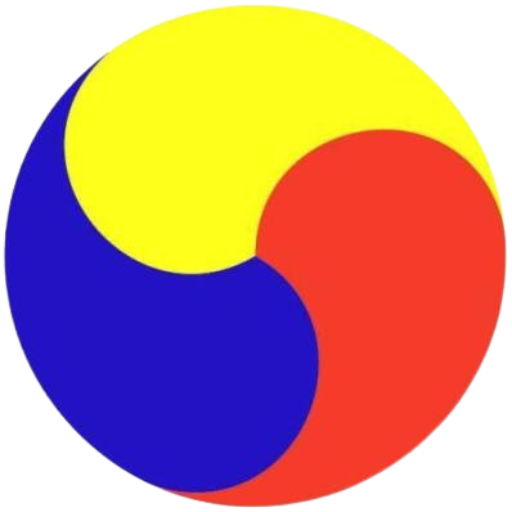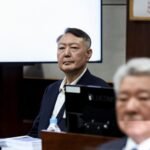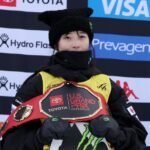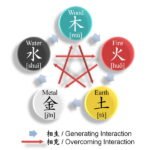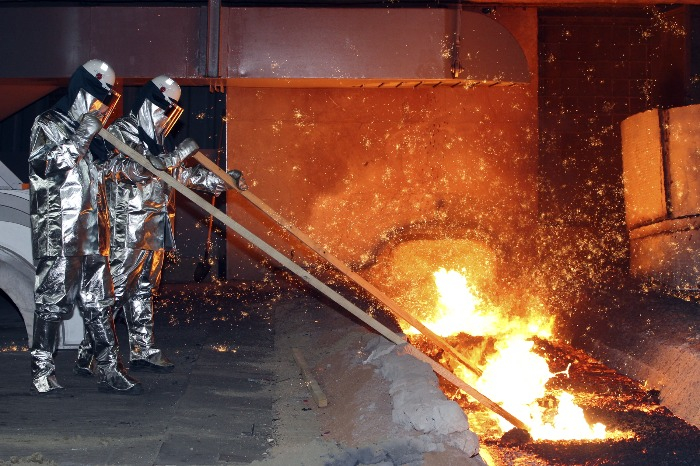
WASHINGTON D.C. – Hyundai Motor Group is considering building its first overseas steel mill in New Orleans, Louisiana and in the process of finalizing the plan, according to industry sources on Monday. The move is aimed at shielding the automobile giant from Donald Trump’s protectionist policy in his second term.
The South Korean automotive group, encompassing Hyundai Steel Co. and Kia Corp., earmarked about 10 trillion won ($7 billion) for the facility in line with the production growth at its electric vehicle-dedicated assembly lines, dubbed Hyundai Motor Group Metaplant America LLC (HMGMA), in the US state of Georgia that came online at the end of last year.
It has been contacting Texas, Georgia and Louisiana as a candidate of its first offshore steel mill location. It is now leaning toward New Orleans in Louisiana.
Hyundai Motor Group officials confirmed the group is “reviewing” building a steel mill in the US, but declined to give further details.
It will likely break ground for the plant as early as spring in 2026 for completion in 2029, said the sources.
“We’ve been considering investing in the US. But nothing has been determined in that regard,” said a Hyundai Steel official.
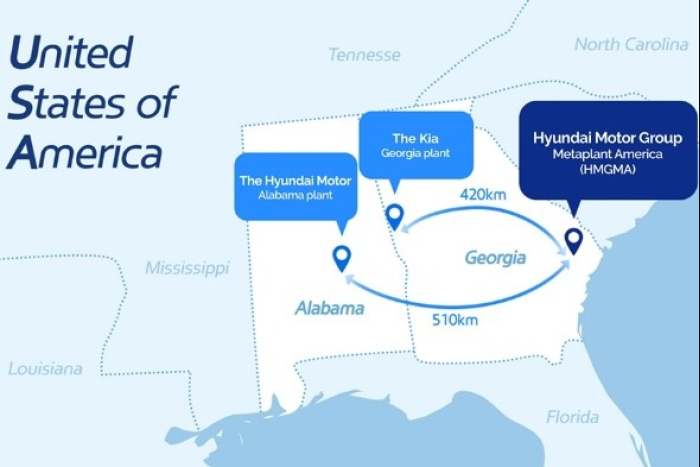
Steel sheet to be produced at the US plant will be delivered to Hyundai Motor’s assembly lines in Alabama bordering Louisiana and Kia’s plant in Georgia, as well as HMGMA that is capable of producing 300,000-500,000 units annually.
The annual capacity of the Alabama-based Hyundai factory and Kia’s plant in Georgia is 330,000 units and 350,000 units, respectively.
Given the estimated investment size, the US steel mill is likely to churn out several-million tons of steel sheet. In 2024, Hyundai Steel’s output reached 18.69 million tons, including 5 million tons of automotive steel plates.
DIRECT REDUCTION PROCESS
Hyundai Steel’s US plant is likely to employee the direct reduction technology, where the oxygen is removed from iron ore in its solid state by gas in a blast furnace, instead of melting iron ore. Then the iron ore separated from the oxygen is processed together with steel scrap in an electric furnace into hot or cold rolled steel sheet.
The process emits less carbon than the blast furnace steelmaking method and raises the chances of Hyundai winning Washington’s approval for steel production in the US.
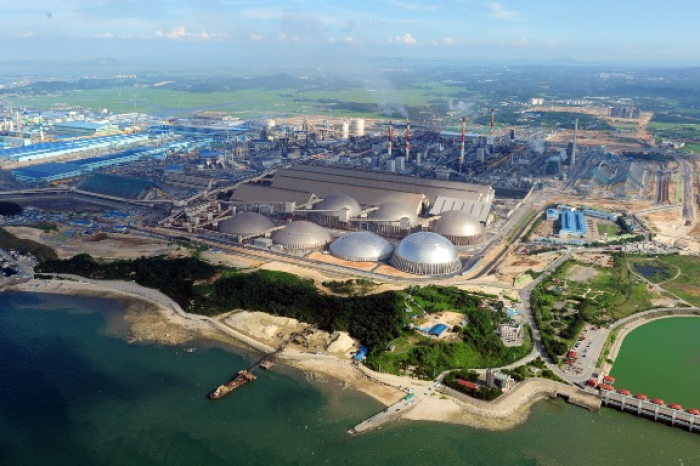
South Korean steelmakers are grappling with the triple whammy of high tariff barriers, low emission requirements and price competition from Chinese rivals.
The country is subject to a quota of 2.68 million tons of steel exports to the US per year. Its additional steel shipment from other countries could face a 10-20% blanket tariff proposed by Trump taking office on Jan. 20. Products from Mexico may be imposed with a 25% levy as pledged by his transition team.
Building a steel plant in the US and verticalizing its production of steel and automobiles there is expected to reduce the risk from the US trade policy and improve the chances of a wider range of its vehicles qualifying for the US tax credits amid the growing US trade protectionism. It would also cut logistics prices, offsetting high production costs.
Last week, US President Joe Biden has blocked the takeover of US Steel by Japan’s Nippon Steel to protect the US steel industry and its supply chains.
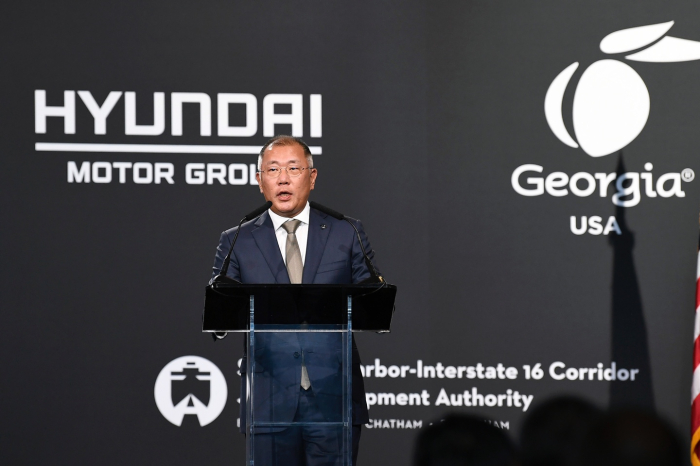
About one ton of steel sheet is used to manufacture a vehicle. If Hyundai Steel’s US plant has a capacity of 2 million-3 million tons of steel products, its output will surpass some 1.2 million tons required by Hyundai and Kia’s US production facilities.
Currently, Hyundai Steel delivers 17% of its output to foreign carmakers. It is aiming to ship 40% of its products to companies outside of the Hyundai Motor Group to become the world’s top three automotive steel maker.
By Sang-eun Lucia Lee and Hyung-Kyu Kim
selee@hankyung.com
Yeonhee Kim edited this article.
